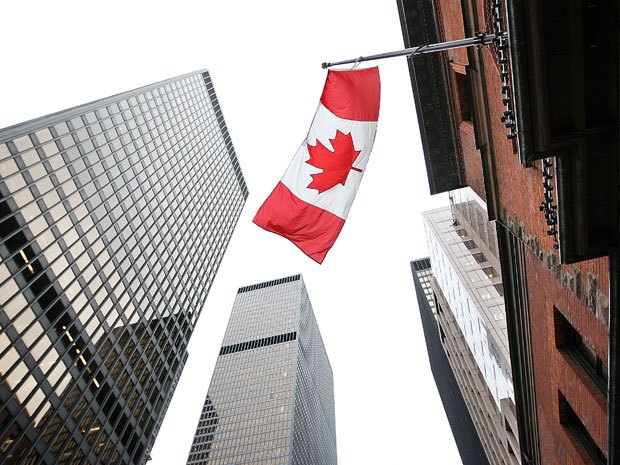Officials stats reveal tougher road ahead

Canada’s economy has begun to ease while consumer spending is forecast to trend lower according to official figures.
Two reports released Tuesday point to weaker growth. Statistics Canada data shows that GDP declined 0.1% in August after a flat July with 12 of the 20 sector groups weakening.
Manufacturing (-1%) and mining, quarrying and oil and gas extraction (-0.8%) showed the largest declines in GDP while there were gains for wholesale trade, finance and insurance and real estate.
Meanwhile, the Parliamentary Budget Officer reported that while the first half of 2017 saw robust growth in the economy, it expects the second half to show a reduction in consumer spending and residential investment.
The decline will be driven by higher borrowing costs and gains in disposable income diminishing.
The outlook is for real GDP to slow down considerably next year, from 3.1% in 2017 to 1.9% in 2018,1.8% in 2019, and 1.7% from 2020-2022. This is however, a slight (0.1%) improvement on the PBO’s previous outlook in April.
Price increases (GDP inflation) is expected to slow from 2.4% in 2017 to 1.8% next year and then an average 2% annually.
The PBO is assuming that the Bank of Canada will maintain its 1% target interest rate until January 2018 but says that the bank is forecast to increase rates gradually (25 basis points each time) through to the end of 2019 when they will be at 3%.
The report says that the largest downside risk ahead is weak business investment while the largest upside risk is increased consumer spending.
Two reports released Tuesday point to weaker growth. Statistics Canada data shows that GDP declined 0.1% in August after a flat July with 12 of the 20 sector groups weakening.
Manufacturing (-1%) and mining, quarrying and oil and gas extraction (-0.8%) showed the largest declines in GDP while there were gains for wholesale trade, finance and insurance and real estate.
Meanwhile, the Parliamentary Budget Officer reported that while the first half of 2017 saw robust growth in the economy, it expects the second half to show a reduction in consumer spending and residential investment.
The decline will be driven by higher borrowing costs and gains in disposable income diminishing.
The outlook is for real GDP to slow down considerably next year, from 3.1% in 2017 to 1.9% in 2018,1.8% in 2019, and 1.7% from 2020-2022. This is however, a slight (0.1%) improvement on the PBO’s previous outlook in April.
Price increases (GDP inflation) is expected to slow from 2.4% in 2017 to 1.8% next year and then an average 2% annually.
The PBO is assuming that the Bank of Canada will maintain its 1% target interest rate until January 2018 but says that the bank is forecast to increase rates gradually (25 basis points each time) through to the end of 2019 when they will be at 3%.
The report says that the largest downside risk ahead is weak business investment while the largest upside risk is increased consumer spending.



